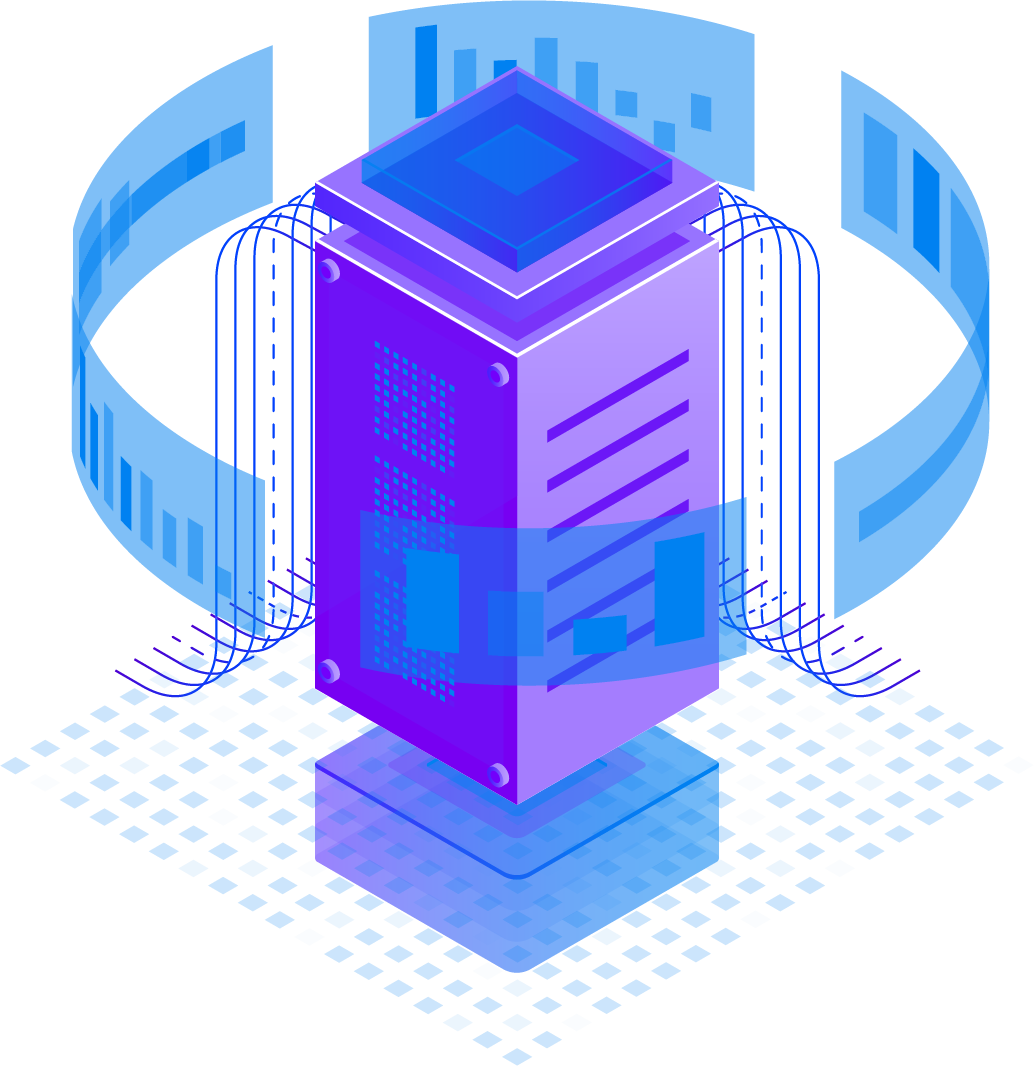Scoping of model validation is critical to ensure that appropriate value is realised from the validation exercise.
Desktop review
- This involves discussions with management and a review of available documentation.
- Desktop reviews provide the lowest level of comfort but can be useful prior to a new model build as it could highlight material deficiencies or opportunities for model improvement. As such these reviews could help the model build team by highlighting areas to focus on.
Independent Recalculation
This is a common model validation approach and involves an independent party rebuilding the model to replicate its results. This has two major benefits over the desktop review:
- Through reperformance and replication of results, the risk of modelling errors is minimised.
- The process of rebuilding the model can often highlight model dynamics and trends that would otherwise be missed.
Challenger or benchmark model
- A challenger model provides an independent estimate of the value being measured.
- As the challenger model is fully independent it provides a better measure of model risk.
- Also, as a challenger model usually already exists, the time to execution can be faster than independent recalculation.
- One issue with challenger models is that a reconciliation with the internal model may not always be possible.

